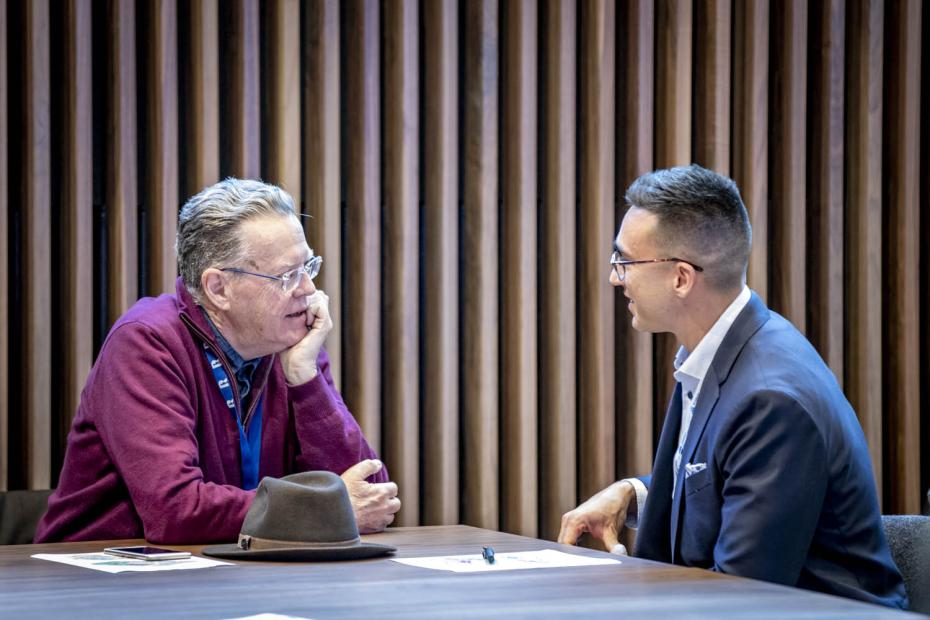
Coaching the next generation of interdisciplinary scientists
Interdisciplinarity
Sponsored by

Advice for bringing together multiple academic disciplines into one project or approach, examples of interdisciplinary collaboration done well and how to put interdisciplinarity into practice in research, teaching, leadership and impact

You may also like
Popular resources
Early career scientists with ambitions of pursuing interdisciplinary research face many structural barriers. The funding process is complicated when there is a cross-disciplinary dimension. There are pressures to conform, to hew close to their chosen field. Support and mentorship are crucial to help academics transcend disciplinary boundaries.
Sir Keith Burnett, chair emeritus and academic council member at Schmidt Science Fellows (SSF), has considerable experience coaching early-career scientists on making such transitions. Working with the SSF mentorship team, he helps new fellows develop the skills and strategies they will need for an interdisciplinary career.
“We help them investigate where they can best pursue their change of direction and goals,” Sir Keith says. “They work through the options for their new institution and research environment. This a really challenging process in which the fellow makes the decision of where to go while discussing with us the scientific and practical challenges they will face.”
Interdisciplinary science thrives when researchers dare to step out of their comfort zone and follow their intellectual curiosity, whereupon they will inevitably need to develop new skills. SSF offers its fellows a comprehensive training programme to develop their skill sets – not all are scientific. Fellows will need to learn how to lead a team and build networks. Finding like-minded partners, with whom expertise can be pooled and shared, is critical, as is finding an institution that will support these endeavours.
“The key issue is finding a group that sees the benefits of having such talented scientists joining them and is willing to make the extra effort to make it a success,” Sir Keith says. “We are often delighted with the welcome our fellows get by research groups where they will be learning, sometimes from scratch, what they will need to contribute to this new area. The investigators in their new labs are usually just as excited to be bringing someone from a new area who can really enhance the research capabilities of the group.”
This is where interdisciplinarity can yield a comparative scientific advantage, accelerating innovation as many minds from different fields are trained on a project. The type of project interdisciplinary scientists choose matters, too, as does the way they sell it to others. A researcher’s scientific goals must inspire interest from potential collaborators and grants committees, convincing others that the project is worth the investment of time and money. But they must also inspire the researcher. This excitement – allied to SSF support – can sustain scientists through the periods of doubt and difficulty they will face in the early stages of their interdisciplinary careers.
“To my mind, this is one of the trickiest and most rewarding parts of being an SSF mentor,” Sir Keith says. “You are always aware of the courage needed to keep going through this period, and seeing them emerge as a scientific butterfly into the new world is a real treat. I have now seen this happen in so many fellows.”
Times Higher Education has partnered with Schmidt Science Fellows to develop a new ranking measuring universities’ contribution to interdisciplinary science. Find out how to participate.
Find out more about Schmidt Science Fellows.
Interdisciplinarity
Sponsored by
